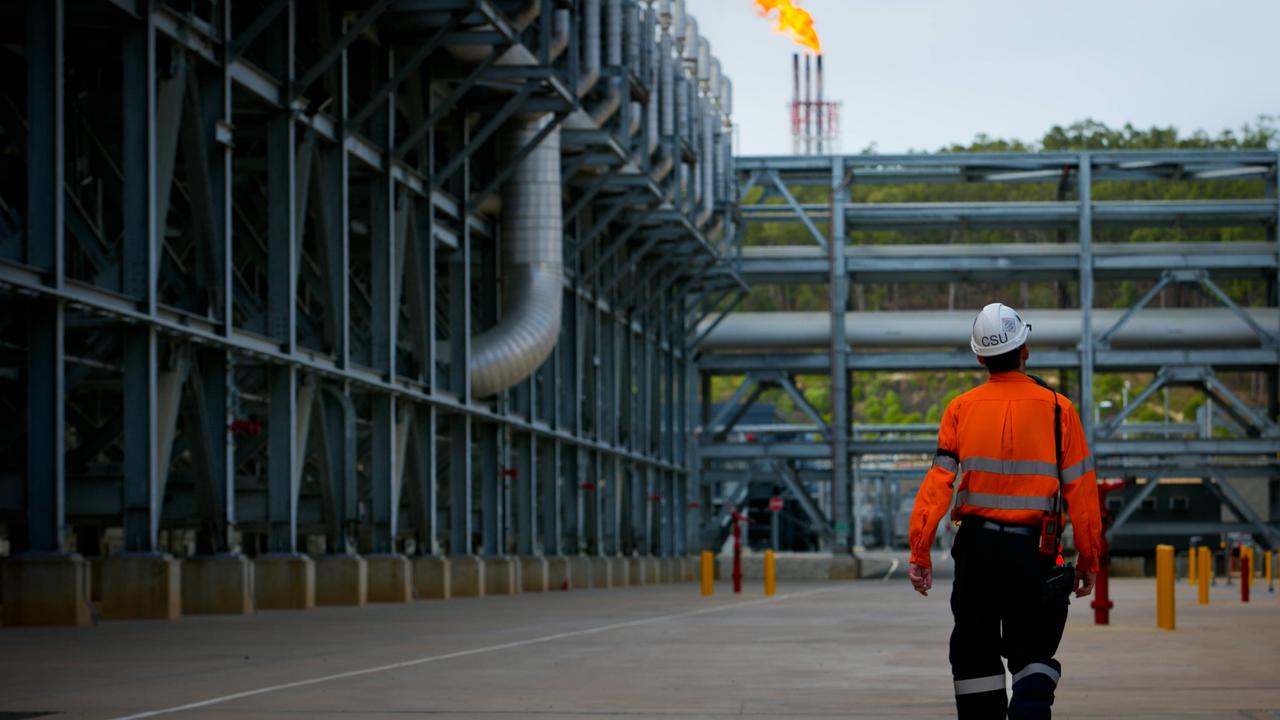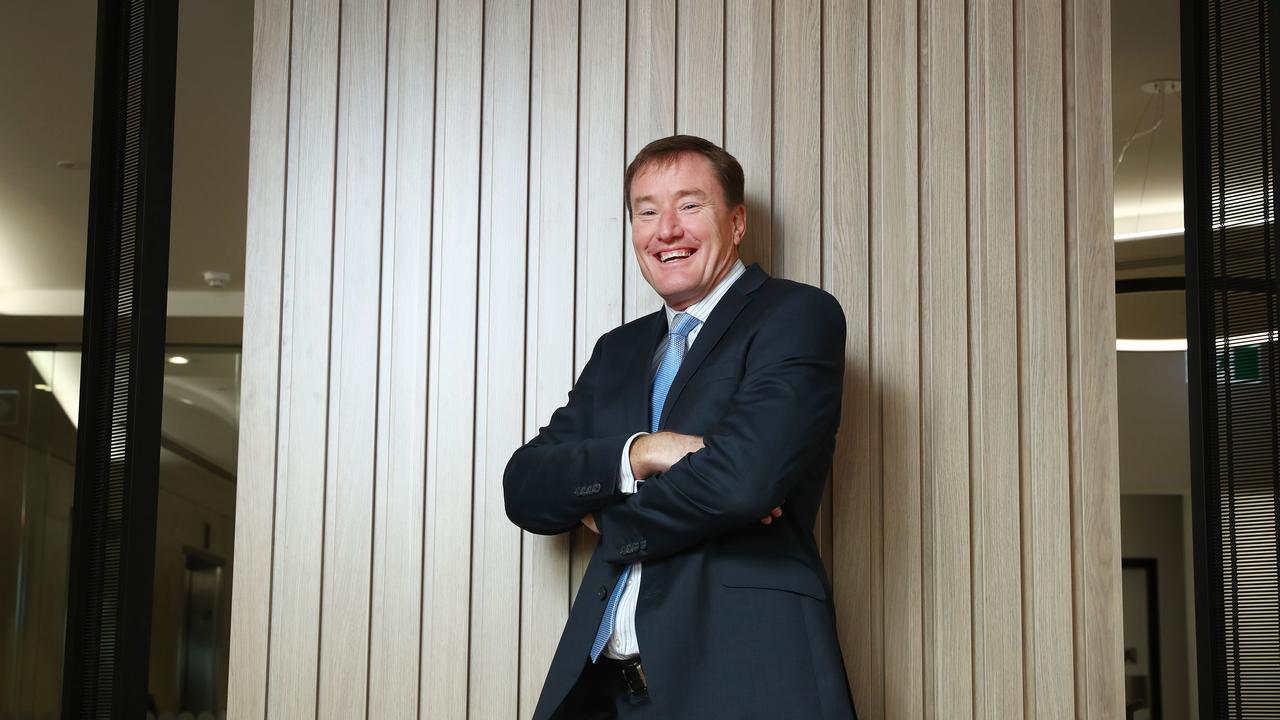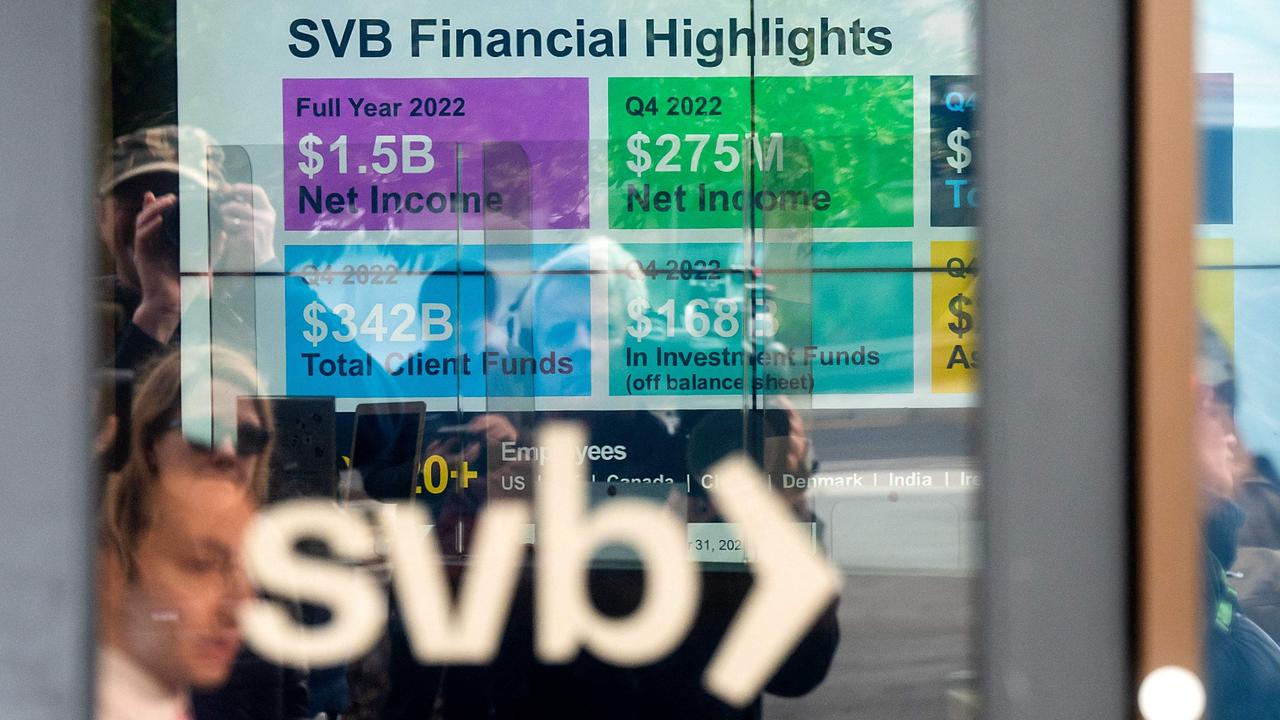Gas imports to relieve Australia’s energy crisis could arrive sooner
The hand-picked boss of billionaire Andrew Forrest’s Squadron Energy will have his work cut out bringing down energy prices.

Business
Don't miss out on the headlines from Business. Followed categories will be added to My News.
The hand-picked boss of billionaire Andrew Forrest’s Squadron Energy will certainly have his work cut out.
Energy market veteran Rob Wheals took charge of Forrest’s large-scale green energy venture just three months ago with the mandate to deliver projects with a commercial eye.
The green-energy business is being built from the ground up. It sits outside Forrest’s Fortescue and is owned by the private investment arm of the Forrest family’s Tattarang group.
And while Fortescue has grabbed the green-hydrogen headlines, Squadron has kept a lower profile.
First up for Wheals is the long-mooted Port Kembla LNG import terminal, which has been three years in the making. On internal measures, Squadron is targeting first gas to flow into a very tight Australian market from June 2026.

After 14 years at pipeline operator APA and three years as chief executive until 2022, Wheals knows the nation’s eastern seaboard gas network inside out.
The technical aspects and physical structure of the Port Kembla import terminal in NSW are almost complete, and Wheals is understood to be prepared to bring the import date forward from the second half of next year if the gas crisis escalates and there is a need for it in the market.
He is across the capacity constraints, particularly when it comes to the pipe dream of shipping surplus Queensland gas through the two-way transmission pipeline connecting into the Moomba Hub and then on to the southern states.
Squadron’s $300m import terminal means that gas potentially from anywhere in the world – including Australia’s North West Shelf – could flow into the eastern seaboard market just as the energy regulator has warned of the prospect of peak-day shortfalls from winter next year and an ongoing supply gap from 2028.
Ironically, the gas strains across southern Australia are set to coincide with a forecast surplus in global gas production.
Gas is going to be in greater demand as more renewables come into the market. Its role is providing fast firming capacity as more of the ageing coal-fired plants are phased out.
Still, Wheals’ first big challenge has been to find customers for the 130PJ facility, with big players such as Origin and AGL showing lukewarm interest.
This is of little consequence as it seems Squadron is preparing to take on the bulk of the gas coming through Port Kembla so it can underwrite its renewables ambitions through firming.
This is an important piece of the puzzle to get Squadron moving, as well as what sort of business it wants to become: a builder and long-term operator of low-cost green electricity assets.
Squadron currently operates five commercial wind farms across NSW and Victoria with 1GW of output. It has a more ambitious project slate, including a gas-fired power station in Dubbo to underpin its plans for more than 10 wind farms, four solar projects and several big batteries.
Other near-term projects in front of Wheals include an ambitious build of nearly 1GW of wind power near Mackay, backed by offtake agreements with the Queensland government. If all the projects move ahead as planned, Squadron will emerge as a key player in Australia’s renewables energy market. And it will also be one with a gas firming option.
Wheals has been told to bring commercial discipline to Squadron’s projects, including pushing down construction costs, and he wants to run them with APA-style infrastructure returns.
This ultimately makes them attractive to outside investors – although Forrest is believed to have told him he intends to keep operational control.
Forrest’s Fortescue last week outlined 700 jobs cuts and a delayed pathway into green hydrogen. And the pressure is on Squadron more than ever to make a difference by bringing down power costs. This will help Forrest crack the code to produce green hydrogen in commercial volumes.
It means Wheals, who spent a career piping gas around the country, could be the first to show Australia is a major gas importer.
Small bank win
For more than a year, the nation’s banking regulator has been quietly working away at its response to the US regional banking crisis that led to the dramatic collapse of Silicon Valley Bank.
The changes proposed by the Australian Prudential Regulation Authority were mostly aimed at making smaller banks safer.
Still, the Treasurer faced some furious lobbying by regional banks and small lenders in the background over fears that any further clampdown will push up their cost of doing business.
This, the regional lenders warned, would have made it even more difficult to compete against the big four banks.
On Wednesday, the smaller banks – such as Bendigo Bank and Bank of Queensland – secured a rare win of sorts.
APRA is still taking a tougher stand when it comes to scrutinising smaller lenders but it dropped its most contentious proposal, which would have seen them restricted from holding onto bonds issued by other banks.

This proposal has been deferred for a further review next year that will form a broader look at how banks fund their lending books. For now, this means the rule change has been shelved.
It is a significant recognition for the smaller banks, which also extend to credit unions and in some cases the foreign branches of international banks, in how they compete.
For years, the smaller banks have been talking about the uneven regulatory playing field when it comes to competing against the big banks like Commonwealth Bank of Australia or Westpac.
These fears about an in-built bias that favours the big lenders across capital, liquidity and even risk settings came up repeatedly as an issue in the competition regulator’s review of the ANZ buyout of Suncorp’s bank.
Indeed, it was put forward as one of the reasons by Suncorp for the sale, that compounding regulation was just making it too expensive to compete.
The problem for small banks in Australia is that bank bonds make up a large portion of the overall bond market here, and this would have forced a scramble for low-risk government bonds. These remain in demand from all investors, including global funds, and this would have forced smaller banks to pay more to secure the same level of liquidity for lower relative return.
Silicon Valley Bank
Last year’s Silicon Valley Bank crash exposed a major vulnerability for banks around having enough liquid assets on the books to cover on-demand deposits.
SVB was sitting on a very safe lending book, but its high concentration of tech companies, venture capital funds and start-ups as depositors mean its customers were drawing down cash at a faster rate given the tech market downturn.
At the same time, SVB had invested its deposits into ultra-safe but long-term US government bonds. As interest rates were rising, the value of these bonds dropped sharply.
SVB’s short-term cash reserves ran out, and once it started selling its long-term bonds at a discount, it quickly became clear it did not have enough capital to cover its withdrawals. This started the run on the bank, and it was game over.

There are major differences between the Australian and US banking systems, including how they are regulated, and APRA was worried about a similar SVB episode unfolding here.
Here it was concerned about the “contagion risk”, with smaller banks’ cross-holding of bank bonds causing greater damage inside a smaller bank.
The turmoil that rapidly spread through the US banking system in March last year triggered a global shock, ultimately prompting the collapse of Credit Suisse.
This showed how the failure of a smaller bank can have an outsized impact on overall security of the system.
Could the same thing happen here? Potentially, but a diversified system means the risk is lower. And more blunt regulation was not the necessary response.
The fact that Australia navigated last year’s US banking crisis without the need for the RBA to step in showed the existing rules work here.
johnstone@theaustralian.com.au
More Coverage
Originally published as Gas imports to relieve Australia’s energy crisis could arrive sooner








